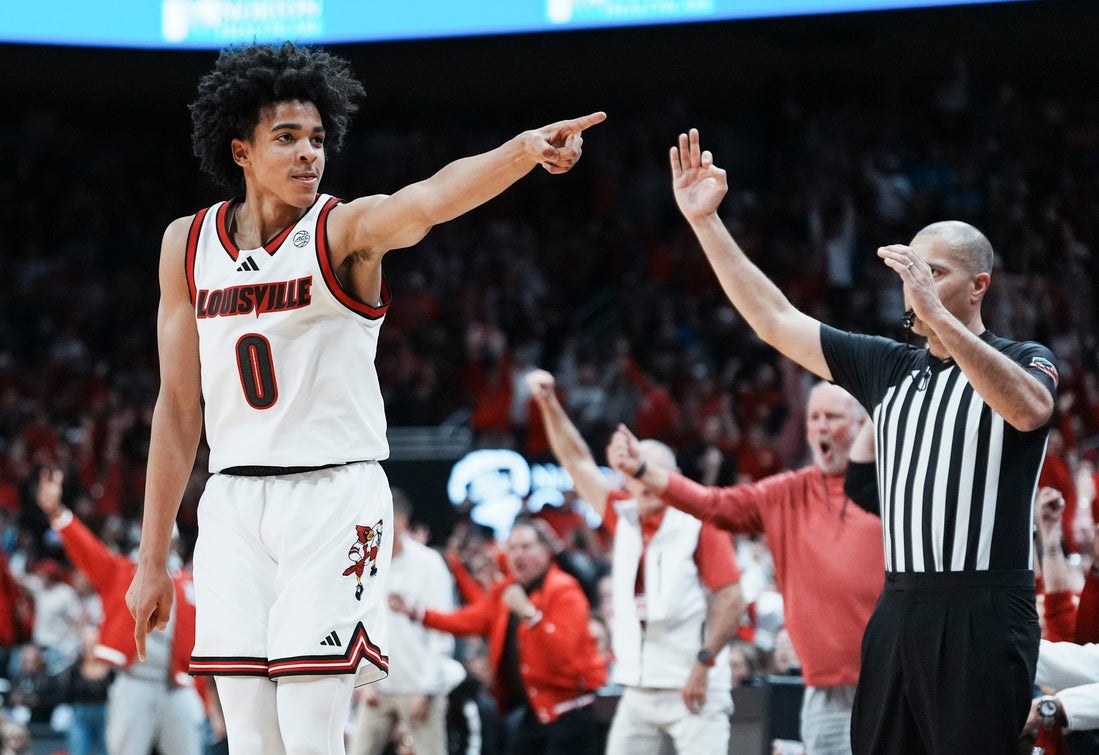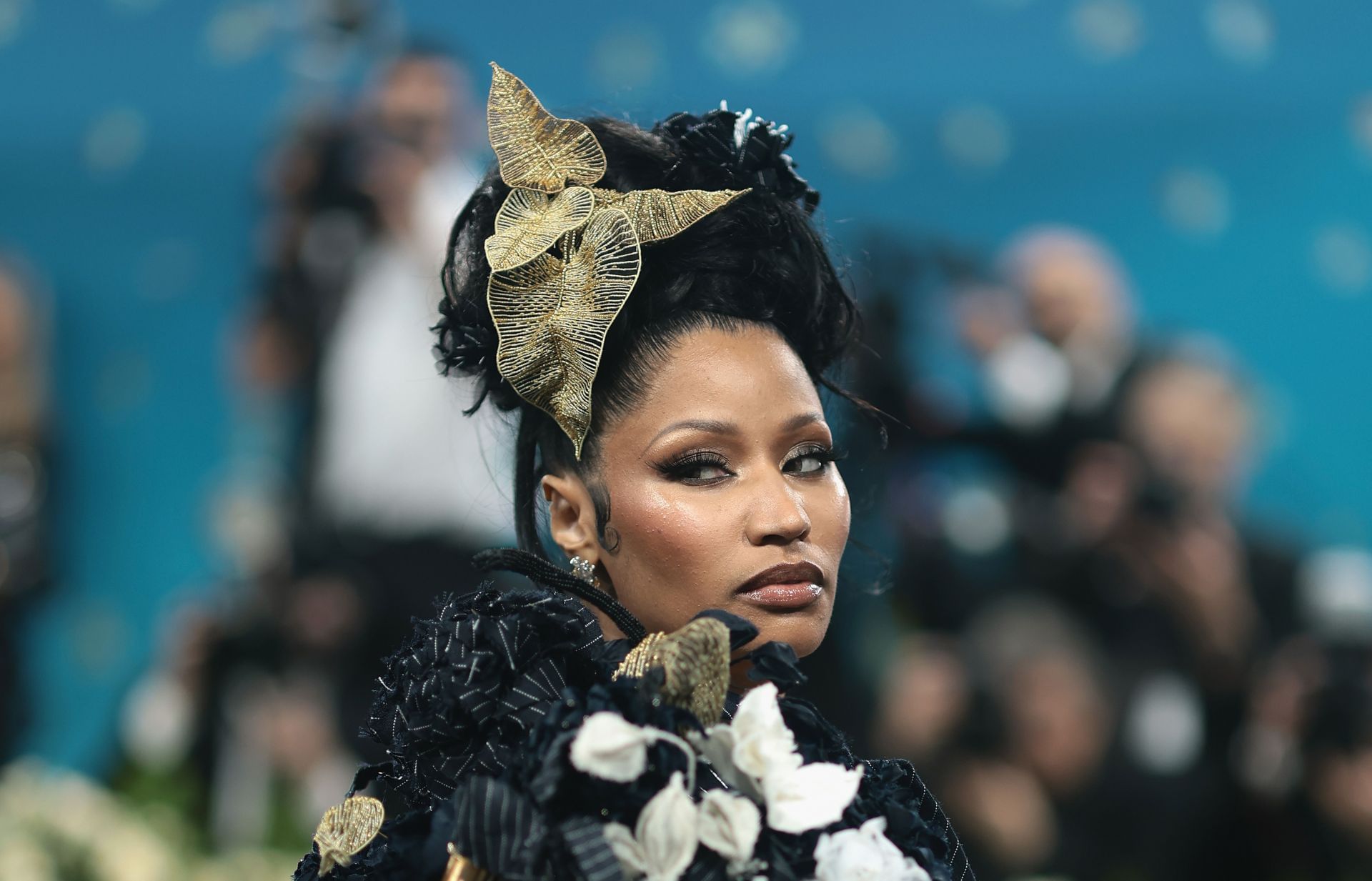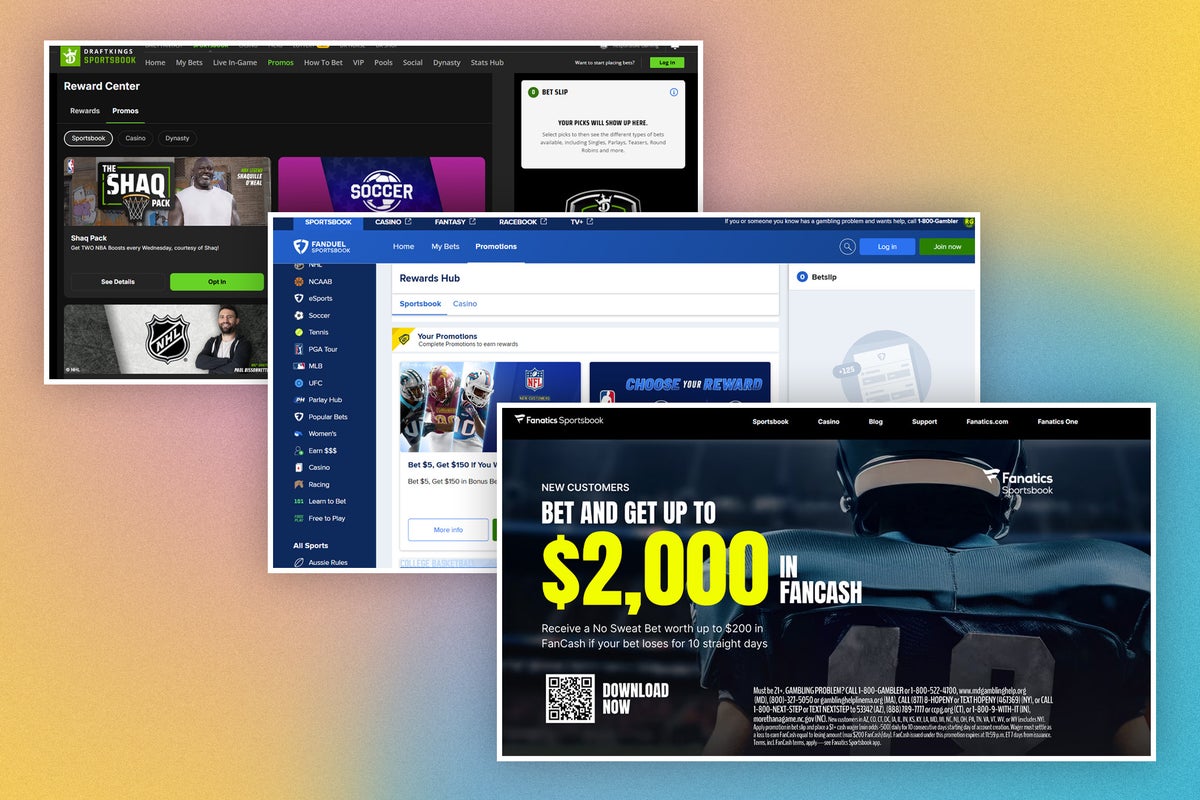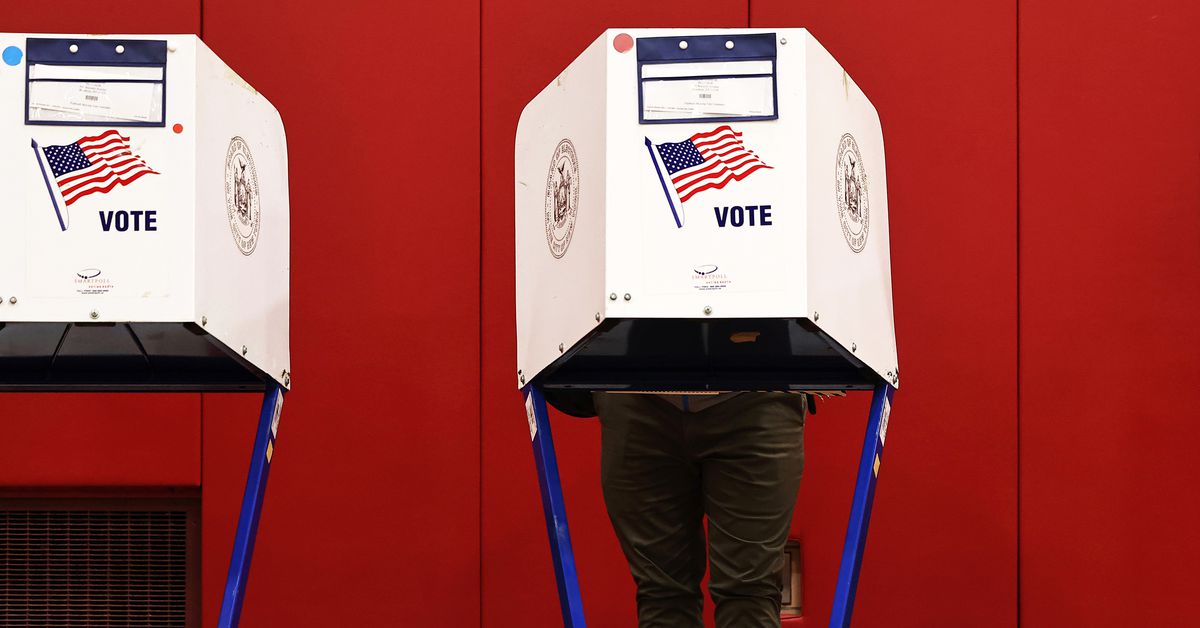Trayvon Bromell had a problem. There was a stadium of fans awaiting him and he wasn’t ready to race. He needed a few safety pins.
“All I wanted to be thinking about is the race,” he recalled of the 2021 U.S. Olympic track and field trials. Instead, he found himself frantically searching for four safety pins to pin his bib onto his jersey before a race that would send him to the Toyko Olympics. “Something as small as a piece of paper can be the biggest distraction,” he said.
Racing bibs, which help track and identify runners, are a cornerstone of a runner’s race-day kit and a source of race day revenue through sponsorships. But many professional runners are questioning why they are still being weighed down by a large piece of paper attached to their high tech race day outfits.
Precisely measuring a runner’s time is a basic — and critical — aspect of a race. Bromell would go on to win the 100-meter race by five hundredth of a second. The difference between an Olympic qualifier and fourth place was decided by three hundredths of a second.
A roughly 10-gram tag that uses ultrawide-band Bluetooth technology attaches onto the athlete’s paper bib, allowing centimeter-scale precision tracking of runners. It can also measure the distance between athletes on the track, their speed and, even their heart rate. That is in addition to photo-finish cameras that determine the order and times of athletes as they cross the finish line.
But the tags don’t absolutely have to be placed on the bib.
They could placed on a wristband or directly onto the athlete’s clothing, said Cody Branch, the director of elite events for PrimeTime Timing, the organization that manages race technology for U.S.A.T.F. meets. That change would require “a concerted effort from track meet organizers and apparel companies,” Branch said, but he thought it was feasible.
Tyler Noble, a senior manager of sport science and data analytics at U.S.A.T.F., agreed the bibs weren’t necessary. “Could you in theory have an event without bibs? Absolutely,” Noble said. But, he added, “race bibs are part of the sport.”
From Turkey-Trots to professional races, bibs play a familiar role in a runner’s race-day ritual. After a race, many runners — even the elites — take their bibs home as a souvenir.
“I like collecting my bibs,” said Nell Rojas, a professional long-distance runner. She also likes that they help spectators cheer runners on by name, as the last name of professional runners is often plastered across their bibs.
In marathon racing, bibs are a matter of practicality. When thousands or tens of thousands of runners are competing in a race, there is a need for a standardized disposable tracking system like RFID tags. The technology signals the runners’ location along a course when they cross over mats placed throughout the race.
Still, Rojas thinks the bibs, and their size, could use a redesign. “Bibs keep getting bigger and bigger,” she said. “They surpass the sports bra.”
When an athlete is trying to focus on performing at their best, the bibs are a distraction, said Michael Johnson, the four-time Olympic gold medalist. He also felt the bibs signaled a lack of professionalism at the highest level of the sport: “the fastest, most efficient athletes in the world are competing with a piece of paper safety-pinned on,” Johnson said. “It just reeks of amateurism.” Even replacing the safety pins with an adhesive material would be a step in the right direction, he added.
But the stubborn staying power of bibs may be rooted in their monetary value to meet organizers. “The bib is real estate,” said Cooper Knowlton, a founder of the racing organization Trials of Miles. “No brand is getting their name on a bib without paying for it.”
In some cases, athletes will even be asked to wear bibs outside of the race. “I was asked to wear a bib number when I went on to receive my award at a world championship,” Johnson said. In the recent Doha Diamond League track and field event, some athletes wore bibs to the news conference.
While athletes may receive some compensation from meet organizers through appearance fees, they are unlikely to receive a portion of the revenue from the sponsors they wear on their bibs.
Bromell, the Olympic sprinter, thinks athletes deserve to see a direct portion of the cut. “I am repping sponsors I am not being paid for,” he said.
Plus, wearing other sponsors can feel uncomfortable, Rojas said. “It’s awkward at the Boston Marathon when I’m a Nike sponsored athlete, but I have Adidas all over me because that’s what my bib says.” Rojas decided not to post some photos from the race on social media because of her bib.
The sentiment around bibs is not universal, Rojas said. But, there’s one thing nearly all runners seemed to agree on: The safety pins have got to go.
















